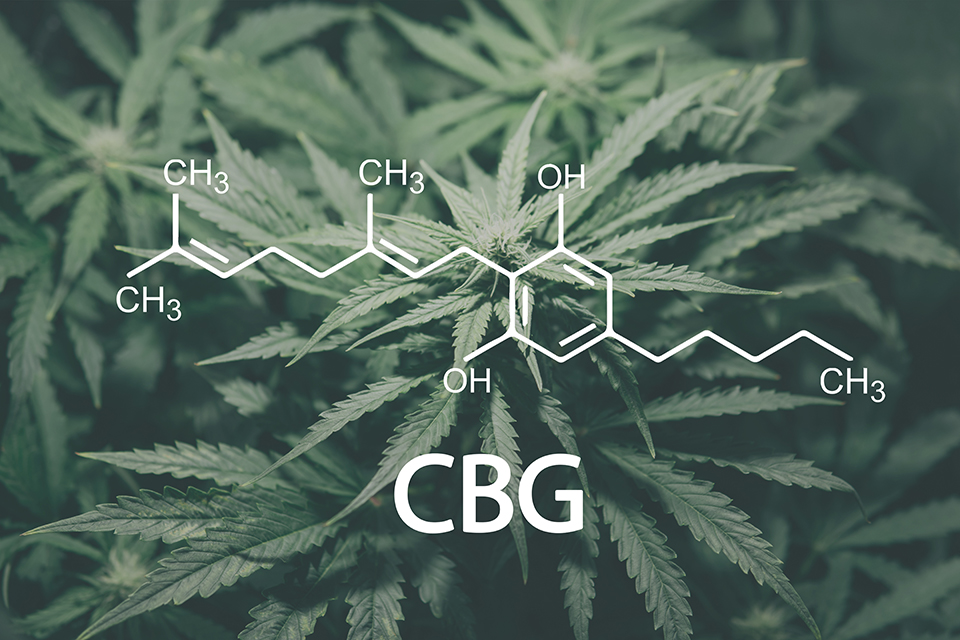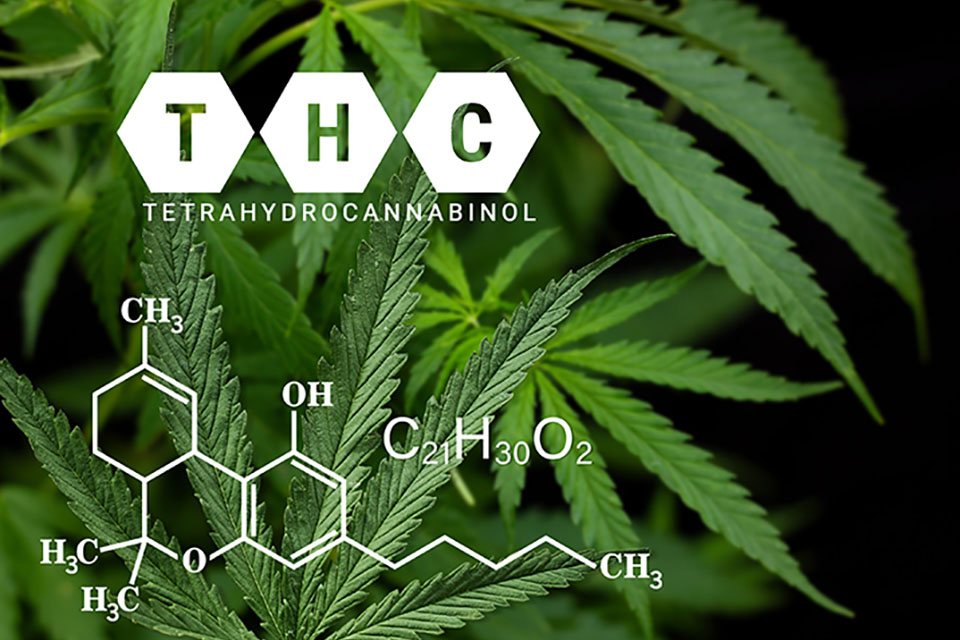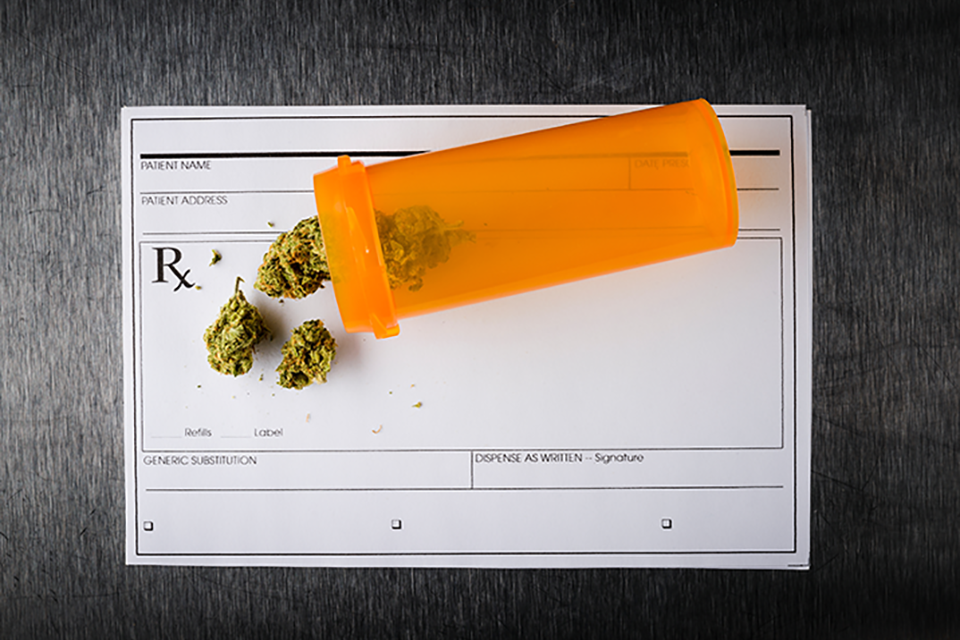
CBG, or cannabigerol, is a lesser-known cannabinoid found in the cannabis plant that is gaining attention for its potential health benefits. CBG differs from other cannabis compounds like CBD and THC. Home growers in the USA should learn about potential applications of CBG, cultivation techniques to maximize its content, and the legal and regulatory status of CBG in the country.
How CBG Differs From Other Cannabis Compounds
Often, CBG is referred to as the “mother of all cannabinoids.” This is because other cannabinoids such as CBD and THC originate from cannabigerolic acid (CBGA), the acidic form of CBG. In the plant’s early stages, enzymes convert CBGA into THCA (tetrahydrocannabinolic acid), CBDA (cannabidiolic acid), or CBCA (cannabichromenic acid). These acid forms later become THC, CBD, or CBC respectively, when exposed to heat or light in a process known as decarboxylation.
While you typically find CBD and THC in high concentrations in the cannabis plant, CBG is usually present in trace amounts, around 1%. This is because most CBGA converts into other cannabinoids during the plant’s maturation process.
Unique Properties and Potential Benefits of CBG
Apart from its role as a precursor to other cannabinoids, CBG has unique properties that set it apart. Unlike THC, CBG is non-psychoactive, which means it doesn’t produce the “high” commonly associated with cannabis use. While CBD and CBG both offer this advantage, research suggests that CBG may have more potent effects on specific physiological systems due to its direct interaction with cannabinoid receptors in the body.
Potential benefits of CBG, backed by preliminary scientific investigations, include anti-inflammatory, neuroprotective, and antibacterial properties. Some studies also hint at its potential in combating conditions like glaucoma, inflammatory bowel disease, and even certain types of cancer. These are early findings, and extensive clinical research is required to validate these claims fully.
Cultivation Techniques to Maximize CBG Content
Cannabigerol production is a fascinating aspect of cannabis cultivation that requires a strategic approach. For starters, CBG is present in higher concentrations in younger cannabis plants, specifically during the sixth week of an eight-week flowering cycle. To maximize CBG content, growers might consider early harvesting.
Additionally, specific strains of cannabis are known to possess high CBG content, including Super Glue CBG and White CBG. Looking at these CBG-rich strains can significantly optimize your cultivation efforts.
Incorporating CBG into Homemade Cannabis Products
From tinctures and topicals to edibles and oils, you can infuse CBG into a range of products for personal use. For instance, you can easily produce CBG oil by decarboxylating cannabis flowers, followed by a low-heat infusion into a carrier oil like coconut or olive oil. CBG-infused body butter or salves can also provide localized relief for inflammatory conditions or chronic pain. When it comes to edible cannabis products, CBG can be incorporated in a manner similar to CBD with CBG-infused baked goods, candies, or even beverages serving as excellent options.
Legal and Regulatory Status of CBG in the USA
Cannabigerol, like other cannabinoid compounds, falls under the broader umbrella of cannabis laws, which vary from state to state.
Current Legal Status and Restrictions
Federally, CBG produced from hemp (Cannabis sativa plants containing no more than 0.3% THC by dry weight) is legal thanks to the passage of the 2018 Farm Bill. This means you can manufacture, sell, and consume hemp-derived CBG products without violating federal regulations.
However, CBG derived from cannabis plants with greater than 0.3% THC remains on drug schedules and is subject to federal control and restrictions, similar to THC and marijuana. State laws may differ significantly, with some states having more relaxed cannabis laws than others. It’s always advisable for home growers to familiarize themselves with the specific cannabis laws and regulations in their state of residence.
Potential Changes and Implications for Home Growers
The rapidly evolving cannabis landscape in the United States might influence the legal status of CBG in the future. For instance, should cannabis laws change at the federal level, it would likely impact the legality of CBG irrespective of its source.
Descheduling could open up new opportunities for cultivation, product development, and commerce around CBG. However, it might also bring with it increased regulatory oversight and stringent standards, in line with other regulated agricultural commodities.
The Many Benefits of Cannabinoids
In the cannabis cultivation and cannabinoid exploration industries, CBG stands out as a compelling compound with immense potential. Its unique chemical properties, potential health benefits, and practical applications make it a topic of significant interest for home growers and the wider scientific community. It’s essential to remember that you should view and use CBG, like all other cannabinoids, responsibly.
While CBG offers intriguing possibilities, don’t overlook the wealth of other cannabinoids available in this versatile plant. Each one has its unique strengths, and understanding them in their totality can help unlock the full potential of your home-grown cannabis.



